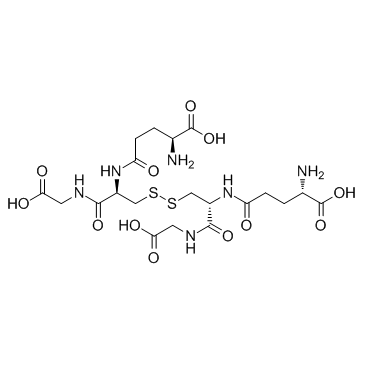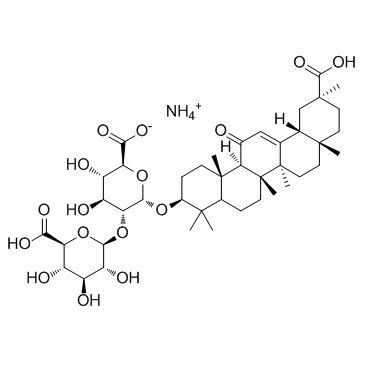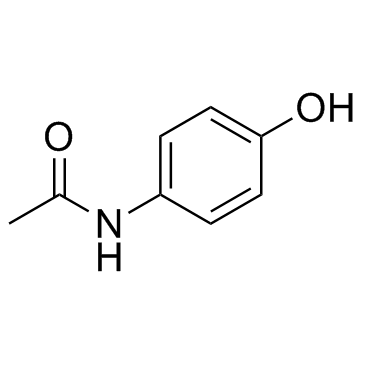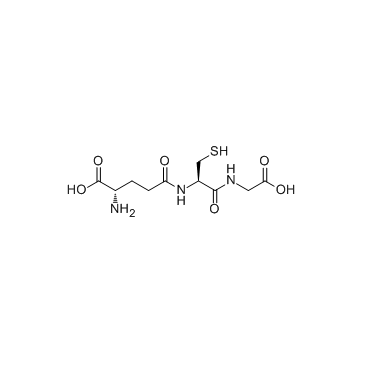| Structure | Name/CAS No. | Articles |
|---|---|---|
 |
L(-)-Glutathione
CAS:27025-41-8 |
|
 |
Glycyrrhizic acid ammonium salt
CAS:53956-04-0 |
|
 |
4-Acetamidophenol
CAS:103-90-2 |
|
 |
Glutathione
CAS:70-18-8 |
|
 |
L-Glutathione oxidized disodium salt
CAS:103239-24-3 |
|
 |
Pyrazole
CAS:288-13-1 |
|
 |
DL-Alanine
CAS:302-72-7 |